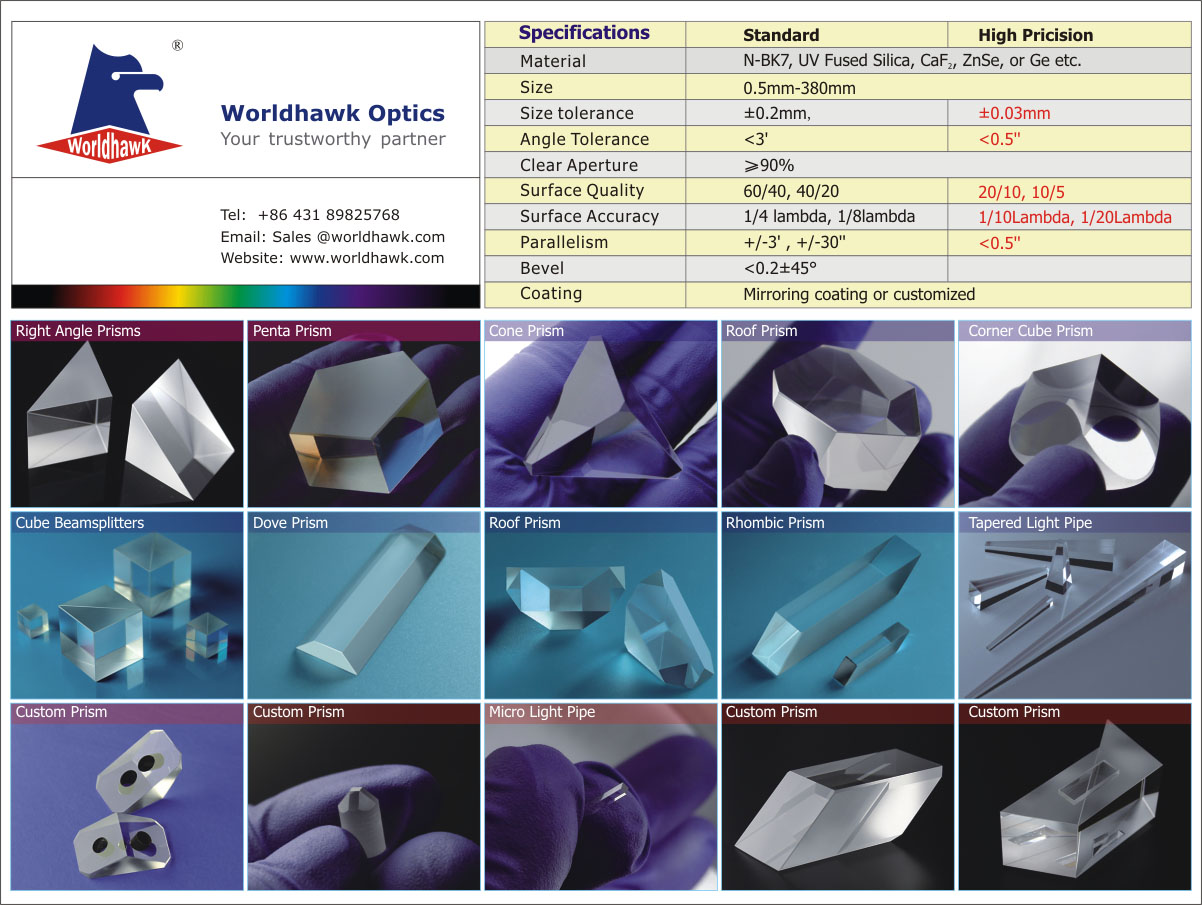The breeding characteristics of golden pheasant Golden pheasant weight is generally about 750 grams, and hens are mature at an age. The spring is warm, and in early April each year, chickens begin to lay eggs. It was not until July that production ceased. Generally about 20 eggs per egg. After artificial breeding and multi-generation breeding, the maximum has been produced to 43. Male to female ratio 1:2~3. Males generally have sexual maturity one month earlier than females and squeal with each other when they form a mating event. The estrus males constantly followed the females and even jumped to make a strange ostentatious performance. There was obvious mateability. Golden pheasant has the ability to nest and spawn independently and hold broods. When artificially bred, the eggs produced on a daily basis are pulled out to reduce the behavior of the females in seeing the egg brood. Golden pheasant brooding sex Jinxiu seedlings can be incubated in female hens or hatched from brooded chickens. Generally choose a strong constitution, health, strong brooding, docile temperament. Artificially raised golden pheasants should adopt artificial hatching in order to increase the egg production rate of Jinji. Incubation period is 22 days. Early or late hatching will affect the quality of young birds. Therefore, it is necessary to control hatching conditions such as temperature and humidity, strict hygiene and operation management. The incubation temperature of Golden pheasant should be controlled at 38~38.50C, humidity is 65~750C, and the shell is hatched within 24 days. The average weight of hatched young birds is 20 grams. The temperature of young seedlings from 1 to 3 days old should be maintained at 380C, 350C at 4-7 days, and 330C at 8-12 days. Afterwards, the seedling temperature should be lowered once a day, and then raised to temperatures of 20-25 days. Insulation shed heat source can be used infrared light, electric heating pipe, to ensure that the shed temperature uniformity, stability, light intensity should be appropriate, too strong is prone to defects. Golden pheasant feeding management Feeding of Jinji chicks should be done by drinking water first and then eating. The brooding room should be clean and dry with dry wood chips. The troughs and trough troughs should be low, and the troughs should be narrow and safe and hygienic. The drinking fountain was flipped from a wide-mouthed can bottle, gradually transitioning to a small bell-type drinking machine, and cleaning and disinfecting the tableware daily. The chicks within 3 weeks of age use cold boiled water to kill bacteria and microbial pathogens in the water. One to three days of drinking water was added with 5% glucose and penicillin (2000 units each). The young seedlings can choose to use the full-price seedlings with a protein content of 22 to 24, supplemented with vitamins A and C, and continue to feed themselves. Such as lack of feed protein can easily lead to foot deformity, such as the right amount of feed Tenebrio is conducive to its growth. In the 7-10 days of age can be broken once, into the breeding period and then make a supplement. Golden chick chicks should not be too large in density, and some of them are good for weight development and feather growth. Generally, 50 to 70 birds per square meter are appropriate. And gradually increase the brooding room as the age increases to reduce the density. A prism is a polyhedron made of transparent materials (such as glass, crystal, etc.). It is widely used in optical instruments. Prisms can be divided into several types according to their properties and uses. For example, the "dispersion prism" that decomposes the composite light into the spectrum in a spectrometer is more commonly used is an equilateral prism; in a periscope, binocular telescope and other instruments, the direction of light is changed to adjust its imaging position. "Reflecting prisms" generally use right-angle prisms.
Worldhawk offers many types of high precision prisms including Right Angle Prisms, Dove Prisms , Panta Prisms, Roof Prisms , Beamsplitters, Wedge Prisms , Rhomboid Prisms, Corner Cube and Tapered Light Pipe Prism etc..,
Panta Prisms Panta Prism, Half Penta Prism,Optical Panta Prisms,Custom Penta Prism ChangChun Worldhawk Optics Co.,Ltd , https://www.worldhawk-optics.com
